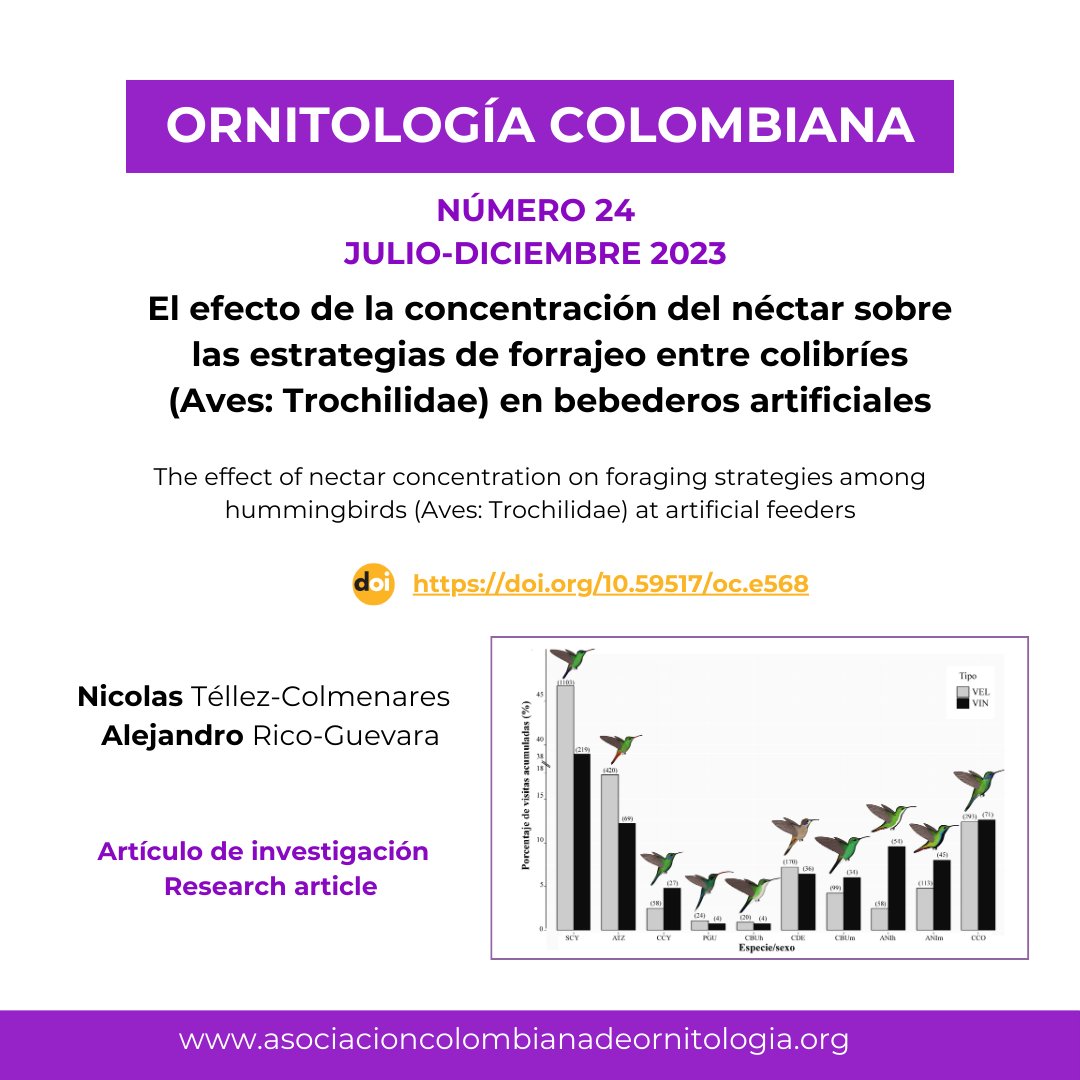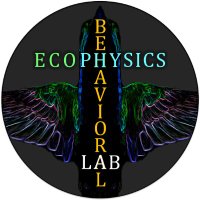
Alejandro Rico-Guevara
@ecophysicslab
Walt Halperin Endowed Assistant Professor @UWBiology, Curator of Ornithology @burkemuseum, Distinguished Investigator @wrfseattle, from 🇨🇴!
ID: 1009546113202913281
20-06-2018 21:18:44
328 Tweet
681 Followers
407 Following

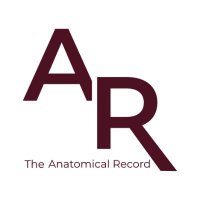
New research on adaptations to frugivory in the pale spear-nosed bat, #Phyllostomus discolor, by Laura Quinche, Sharlene Santana & Alejandro Rico-Guevara: doi.org/10.1002/ar.251… The paper is part of our upcoming Special Issue on ecological morphology and sensory biology of #bats
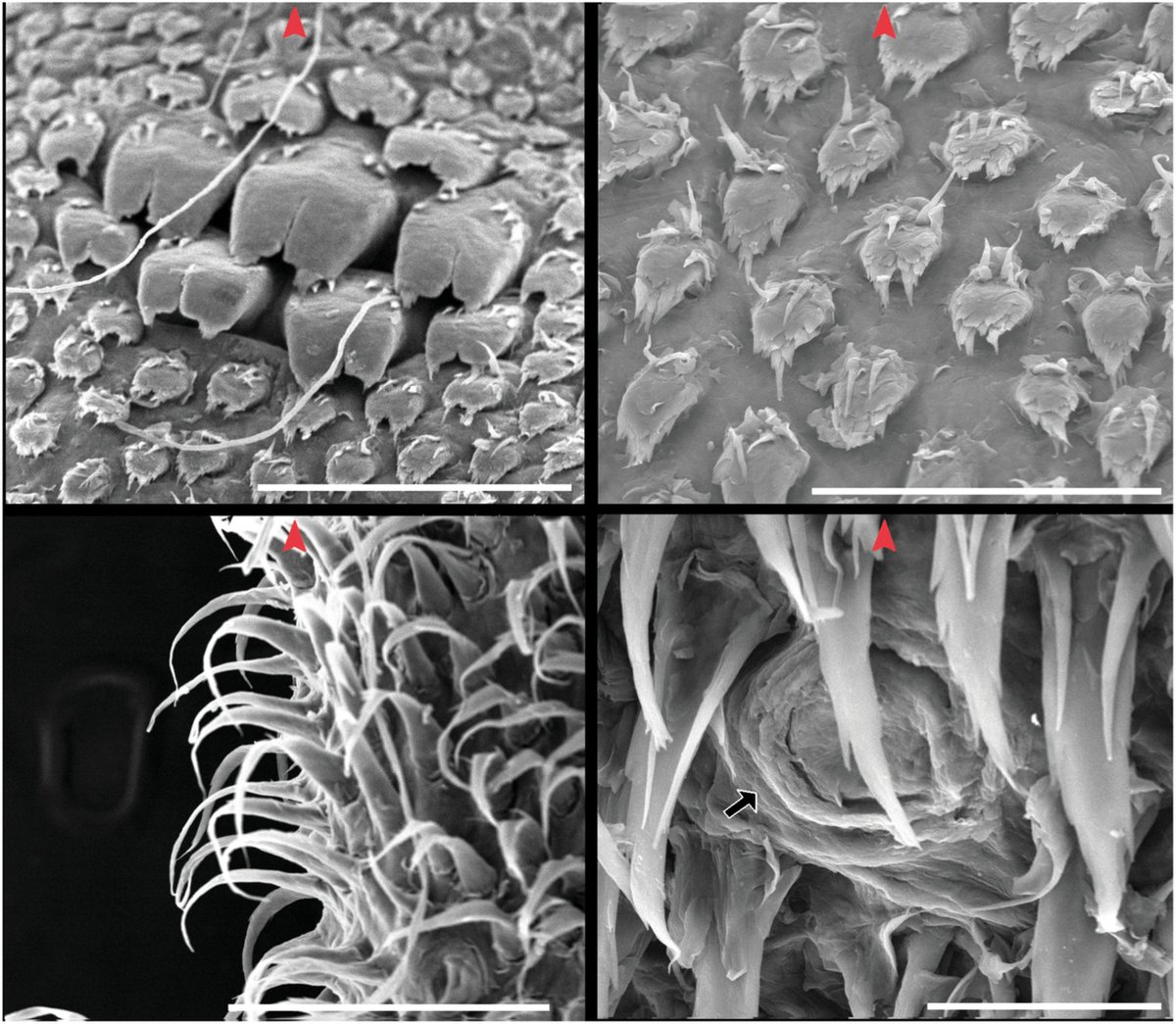


Cutting edge science doesn't have to involve the fanciest, most expensive technology. In a new paper, Burke Ornithology Curator Alejandro Rico-Guevara (Alejandro Rico-Guevara) shows just how much can be illuminated using a flashlight, a camera, and a tube full of sugar water.
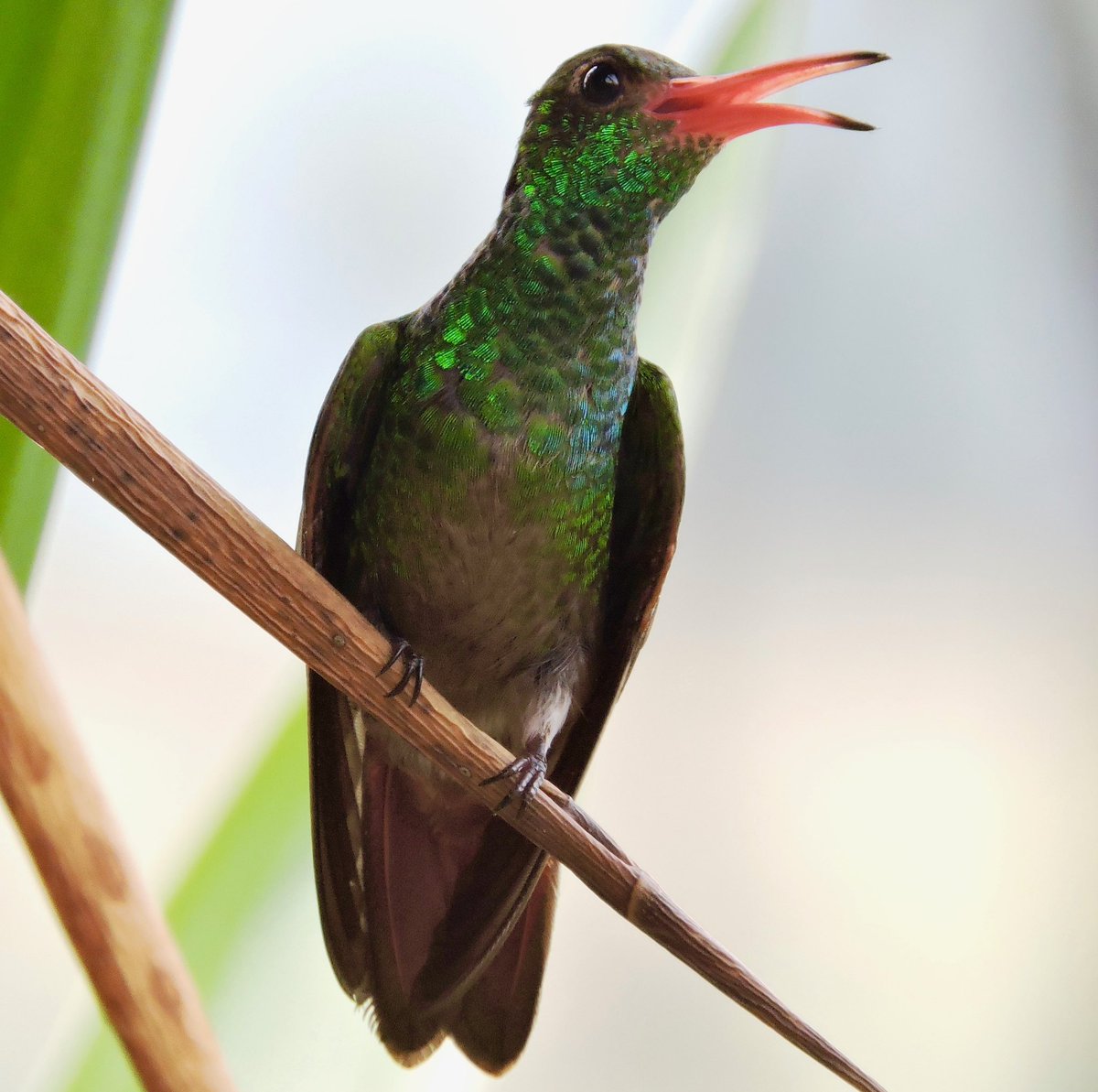

Awesome video featuring Nora Lee's work with us at the Burke Museum of Natural History and Culture instagram.com/p/CsKJtpgok8b/…
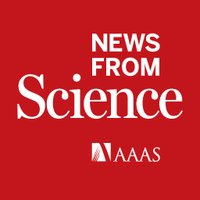

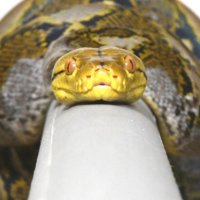





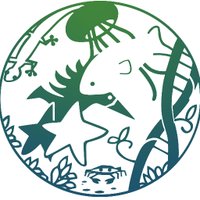



Faye Romero Zoë Migicovsky Alejandro Rico-Guevara cj battey Museum of Vertebrate Zoology (MVZ) TL;DR: Feeders are associated with population growth, and morphological change in hummingbird beaks Read it here 👉 dx.doi.org/10.1111/gcb.70… #ornithology #evolution #climatechange

Take a look at Science Magazine's article describing our work in Global Change Biology showing that beak morphology of hummingbirds has changed in association with feeders! science.org/content/articl…

